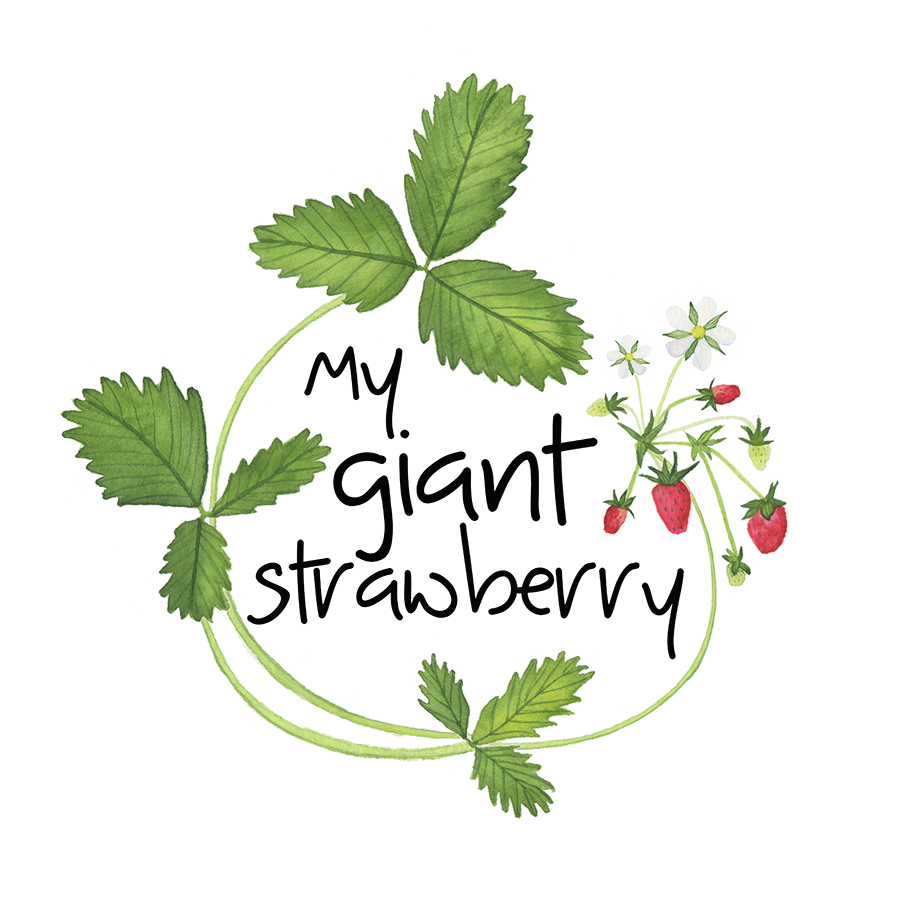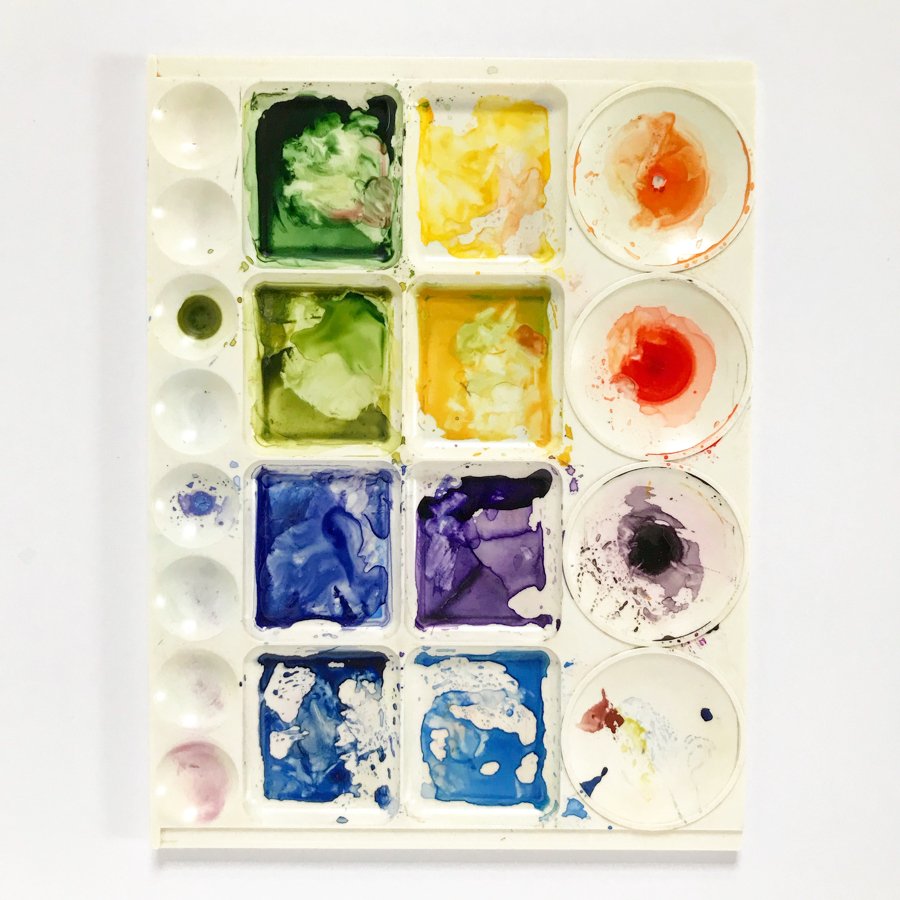Making Creative Choices: How to Figure Out Your Style, Favorite Medium, Subject Matter and More
Earlier this year I invited you to share suggestions of what you’d like to see here on my blog. Since then I’ve been sprinkling in posts inspired by you.
One type of question a number of you had was around making decisions. Questions about what type of art to focus on. What colors to choose. What medium to use. About how to know you’ve found your style.
Although they’re not all the same question, I think at the heart they’re asking the same thing… how do you choose?
We are constantly bombarded with choices, with ideas, with possibilities. The internet allows us to see the vastness of human creativity. As creative people we’re also drawn to magazines, books, documentaries, museums, art and craft stores… all of this inspiration can be energizing. It’s wonderful and exciting. We want to try it all.
But then there’s the flip side, the harder side… all these possibilities can overwhelm us. Maybe we’re paralyzed by indecision or we don’t know where to start or we’re intimidated by others’ accomplishments and end up doubting our abilities or even our dreams.
One of my Skillshare students recently shared her fears when creating that “the world doesn’t need another piece of mediocre art.” This is such a common feeling, one that stops so many people from creating at all. The truth is, sometimes you need to make a lot of mediocre art before you can make the amazing art you’re dreaming of.
When we’re self-taught it’s hard to know which is the “right” path. It can be hard to listen to our heart (and then follow it) when fear is so loud. There’s no easy answer (and no “right” or “wrong” choices), but here’s some of what I’ve learned over the years:
Start where you are.
12 years ago when I decided I needed to change my life, I didn’t have a clear picture of what that meant. I knew I wanted to craft a life around creativity, but botanical watercolor painting wasn’t initially my plan. I got here eventually, but it’s not where I started.
Instead, I started where I was comfortable. I could crochet. I could sew. And so that’s what I did. Along the way I began to experiment with paint because deep down, secretly and unacknowledged, I wanted to paint.
Nothing is ever wasted and creativity often leads to more creativity. Confidence builds more confidence.
Work at your own pace.
It’s easy to become discouraged when you see what other people are creating. But it’s not fair to compare your early attempts with the art of someone who has been creating for decades. (In truth, I don’t think it’s good ever to compare yourself to someone else). Take your time and enjoy the process. There’s no rush. This is not a race.
Get comfortable feeling uncomfortable.
The beginning (and well into the middle) is going to be messy. Knowing it, expecting it and allowing it to happen can be freeing. Remember what it feels like to learn anything new and don’t listen to the fear when it raises doubts.
Be patient.
This might be the hardest part. And the most important. Patience is a skill like any other and I think that giving yourself time and space can be freeing. Again, remember to enjoy the process. Play. Experiment. Make messes. And have fun.
Don’t overcomplicate things.
How do you decide what to do next, or even what to do first? How do you decide what medium to try or what subject matter to tackle?
Don’t overcomplicate it.
Use what you have and what you enjoy using. Listen to what calls to you and try that. Experiment and pay attention to how you feel. Even if what you create isn’t turning out the way you imagined it, you’ll learn something with each experiment. And don’t forget to enjoy the process.
Tune out the “noise”.
Stop paying attention to what other people are doing and saying.
Take a break from social media. Unplug. Get quiet. Write in your journal. Listen deeply to yourself (not just the negative voices in your head). What are you feeling? What are you thinking?
Be patient with this, too. I think each of us truly knows what’s right for us but sometimes we get so used to listening to what other people think that we forget to listen to ourselves.
Allow yourself to change your mind.
So many of us are multi-passionate creatives. There’s no reason to choose just one thing and stick with it forever (unless you want to!). Try many things. Follow your curiosity. Change your mind. Change it again.
Only YOU have the answer to the question what is right for me?
I paint plants and flowers because it brings me joy. I play in my sketchbooks because it brings me joy. I know what I love and I embrace it.
When you’re a beginner this can be especially hard. It can be hard to hold fast to what you love if you’re not (yet) good at it. It can be hard to hold fast to what you love if it’s not popular. It can be hard to hold fast to what you love in the face of criticism, whether it’s overt or just implied, whether it comes from someone else or from yourself.
Know that your voice and your vision are important.
The world needs more creativity. It needs more beauty. It needs more art crafted from a place of love. It needs YOU and what you have to offer. Never give up on your dreams.






